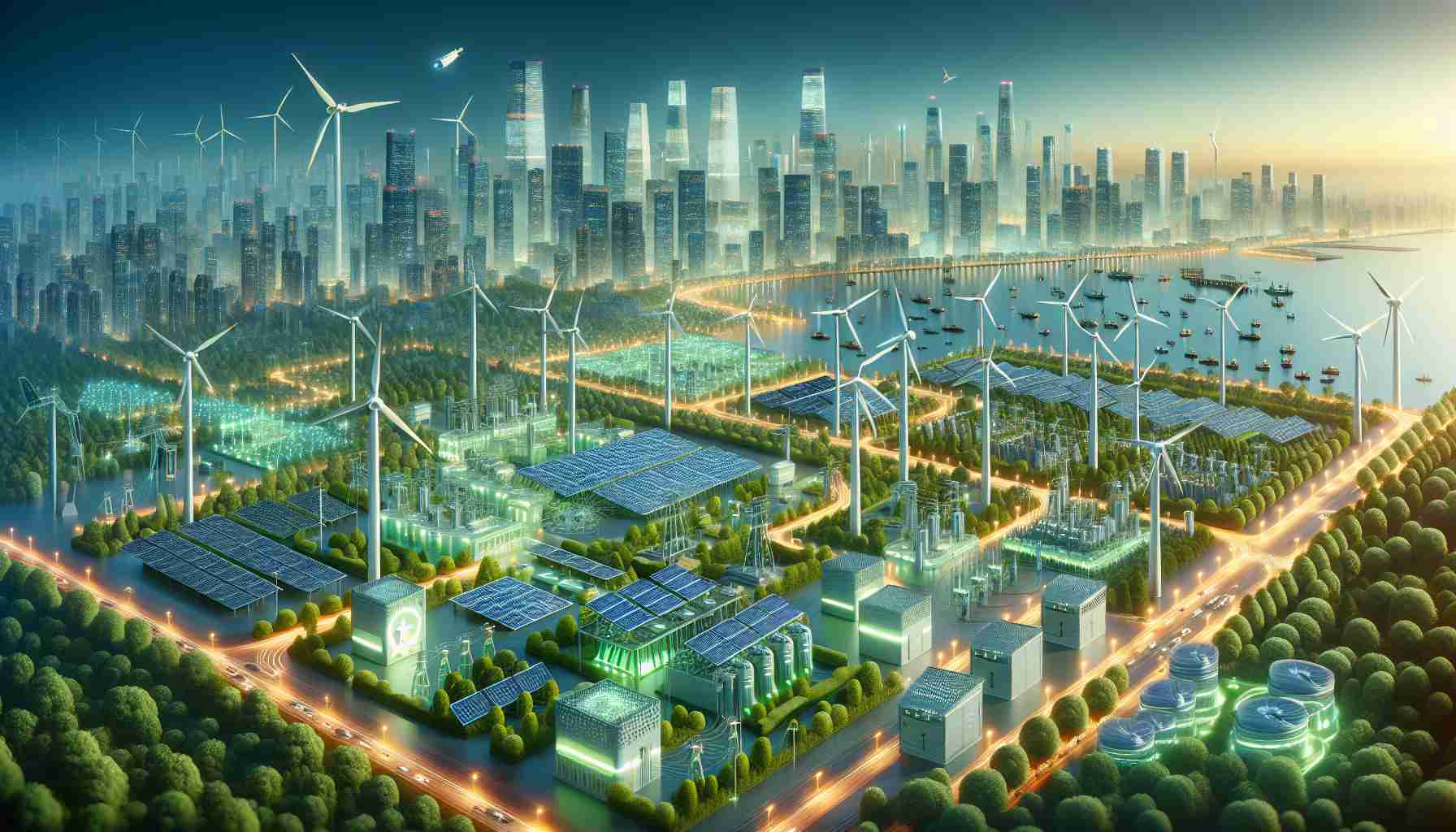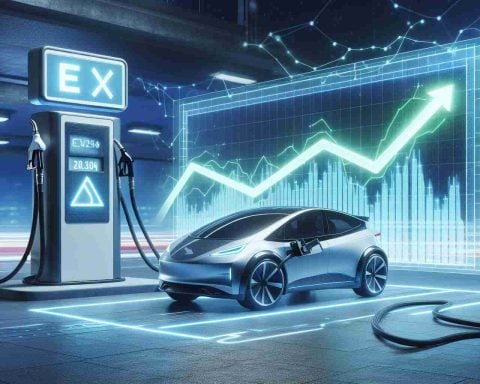- China’s focus is shifting from renewable energy generation to enhancing storage and distribution infrastructure.
- Excess capacity and international protectionism pose challenges to China’s renewable energy leadership.
- While $165 billion was invested in power generation, grid enhancement funding remains insufficient.
- Grid inefficiencies have led to significant wastage of generated solar and wind energy.
- To maintain its green energy legacy, China must tackle infrastructure bottlenecks through strategic investments.
- Effective infrastructure investments can prevent waste and support the growing demand for renewable energy.
As China continues to dominate the global renewable energy market, a pivotal shift is on the horizon that could redefine its power-equipment industry. Recent insights reveal that the country must pivot its focus from merely generating renewable energy to investing heavily in storage and distribution infrastructure. This strategic move is vital for maintaining its leadership amid challenges like excess capacity and growing international protectionism.
Alicia Garcia Herrero, a leading economist, emphasizes that China’s monumental investments in green technology have already established a robust foundation. Even in adverse scenarios, this momentum ensures that the nation can satisfy its domestic energy needs while retaining a commanding presence worldwide.
However, the landscape is changing. A recent surplus in solar panel production has led to an inventory overflow in Europe, highlighting the need for China to innovate beyond just energy generation. Experts point out that to tackle the significant bottlenecks affecting the power grid, China must dramatically upscale its infrastructure investments. Alarmingly, while investment in power generation surged to approximately $165 billion last year, equivalent funding for grid enhancement lagged far behind.
Grid inefficiencies have increasingly rendered generated solar and wind energy unused, causing wasted potential during a time when renewable usage is critical. With solar installations skyrocketing and the amount of untapped solar energy rising dramatically, the message is clear: a strategic investment shift toward robust grid infrastructure and energy storage could not only solve these challenges but also sustain China’s green energy legacy.
In summary, to spearhead the energy transition effectively, China must invest in the infrastructure of the future, ensuring no watt of renewable energy goes to waste.
China’s Energy Future: The Untapped Potential of Infrastructure Investment
As China continues to assert its dominance in the global renewable energy market, an urgent and transformative shift is emerging. Recent analyses underscore that the nation’s trajectory must evolve from merely generating renewable energy to prioritizing substantial investments in storage and distribution infrastructure. This strategic pivot is crucial for maintaining China’s leadership in renewable energy, especially in light of mounting challenges such as excess production capacity and increasing international protectionism.
Key Insights on China’s Renewable Energy Strategy
Alicia Garcia Herrero, a prominent economist, accentuates that China’s extensive investments in green technology have laid a strong foundation. Despite facing adversity, these efforts ensure that the nation can meet its domestic energy demands while maintaining an influential role on the global stage.
# Current Challenges
1. Surplus Production: Recent surpluses in solar panel production have resulted in excessive inventories in Europe, emphasizing the need for China to innovate and expand its focus.
2. Grid Inefficiencies: The existing grid infrastructure has proven inadequate, with significant levels of renewable energy generated but left untapped. This inefficiency presents a pressing need for upgrades in storage and distribution systems.
3. Investment Disparity: While investment in power generation soared to approximately $165 billion last year, funding directed toward enhancing grid infrastructure has not kept pace, leading to increasing energy waste.
The Path Forward
Experts assert that to overcome the notable bottlenecks experienced by the power grid, China must elevate its investment strategies. By directing resources into advanced grid infrastructure and energy storage solutions, the nation could alleviate inefficiencies, thereby preserving its green energy legacy.
# Potential Strategies
– Enhanced Energy Storage: Develop advanced battery technologies and storage systems to hold excess energy generation for use during peak demand periods.
– Smart Grid Technologies: Implement smart grid solutions to facilitate more efficient energy distribution and management.
– International Collaboration: Work alongside global partners to share technology and best practices in energy infrastructure development.
Important Questions Answered
1. What are the critical reasons for China’s shift in focus from energy generation to infrastructure investment?
– The main reasons include addressing the surplus in solar production, minimizing grid inefficiencies that lead to energy waste, and ensuring sustainable energy usage to maintain leadership in the global renewable market.
2. How can China enhance its grid infrastructure to support renewable energy growth?
– China can enhance its infrastructure by investing in energy storage capabilities, adopting smart grid technologies, and expanding its distribution networks to accommodate the high volume of renewable energy generated.
3. What consequences might arise if China fails to invest adequately in its energy infrastructure?
– If China neglects its infrastructure needs, it risks inefficiencies that lead to energy wastage, potential loss of global market leadership, and inability to meet domestic energy requirements. This could ultimately undermine its significant advancements in renewable technologies.
For further information, you might visit the following link: China Daily.












